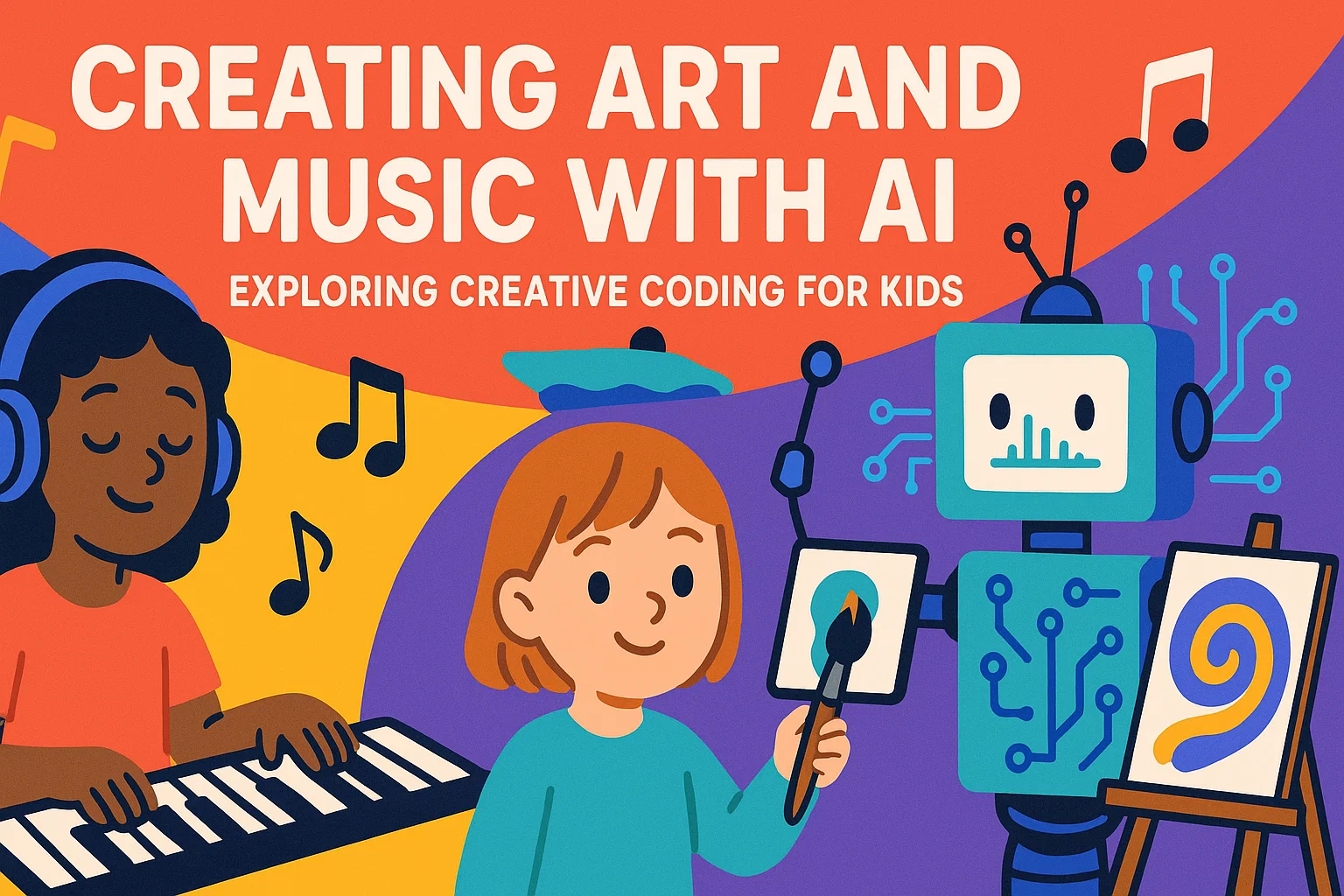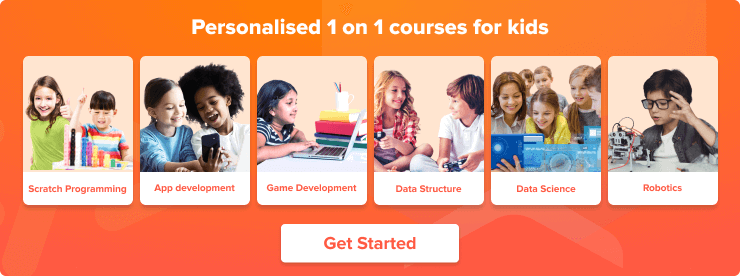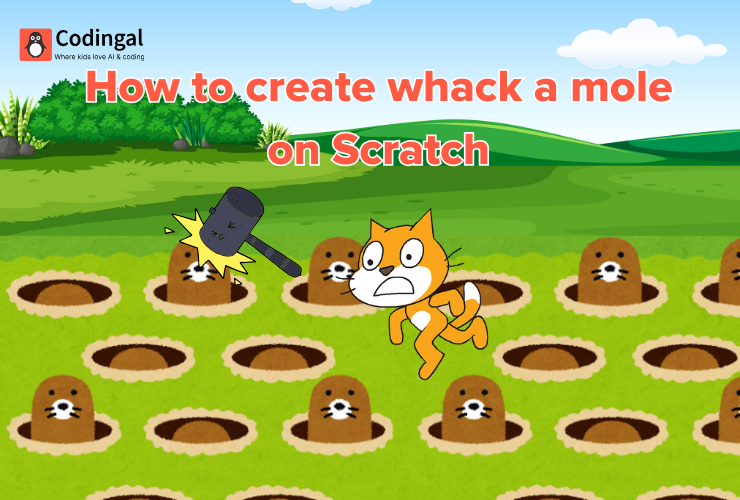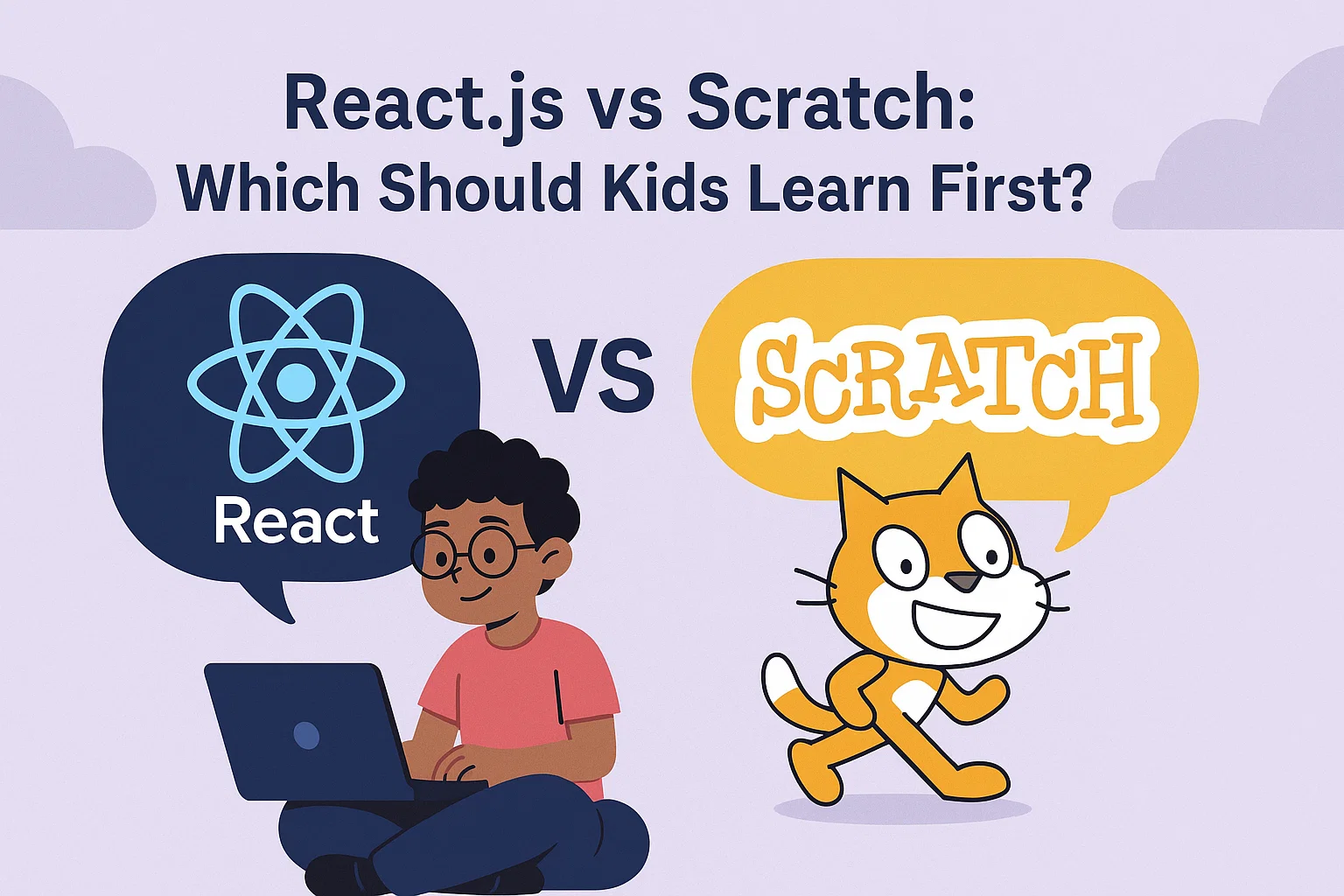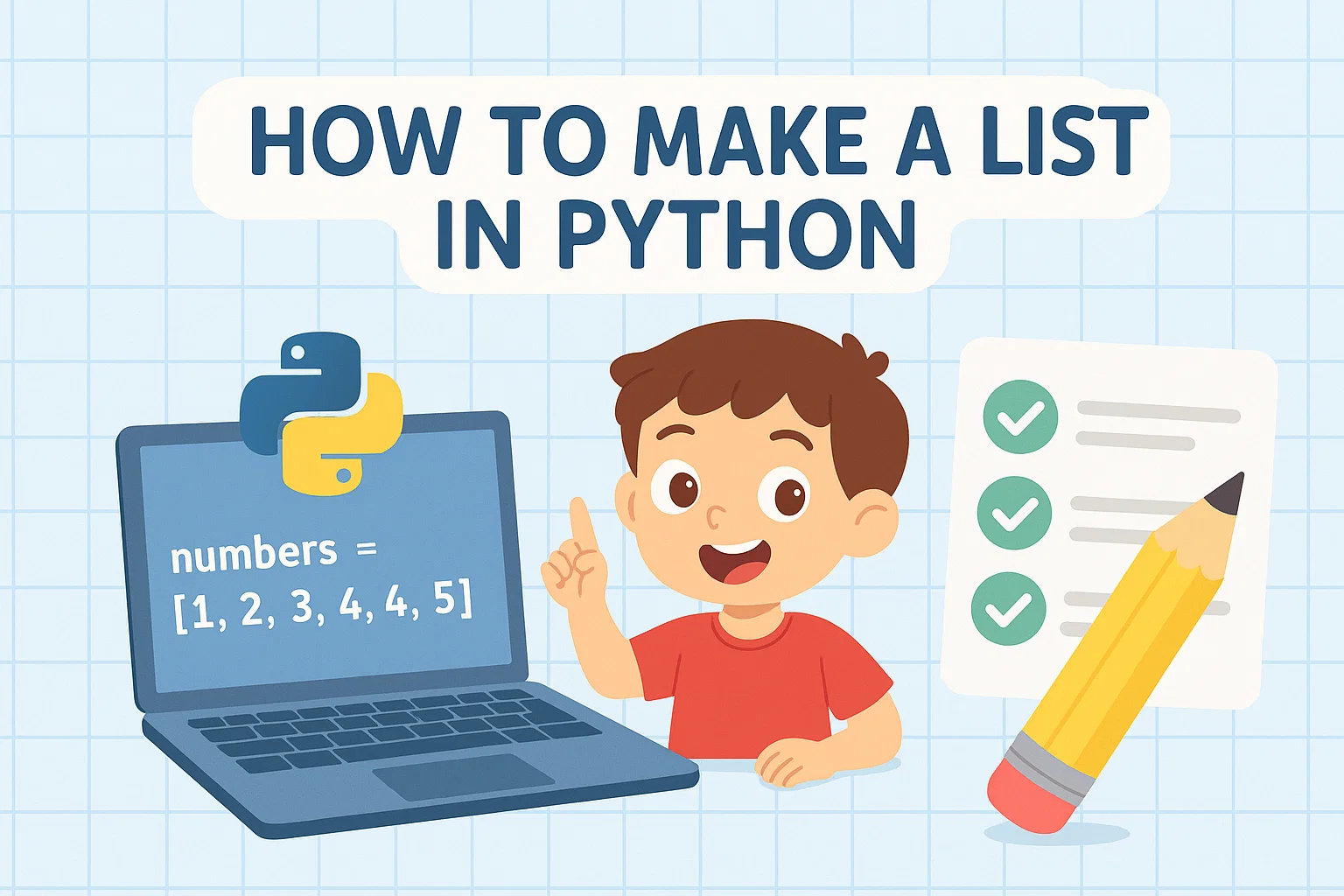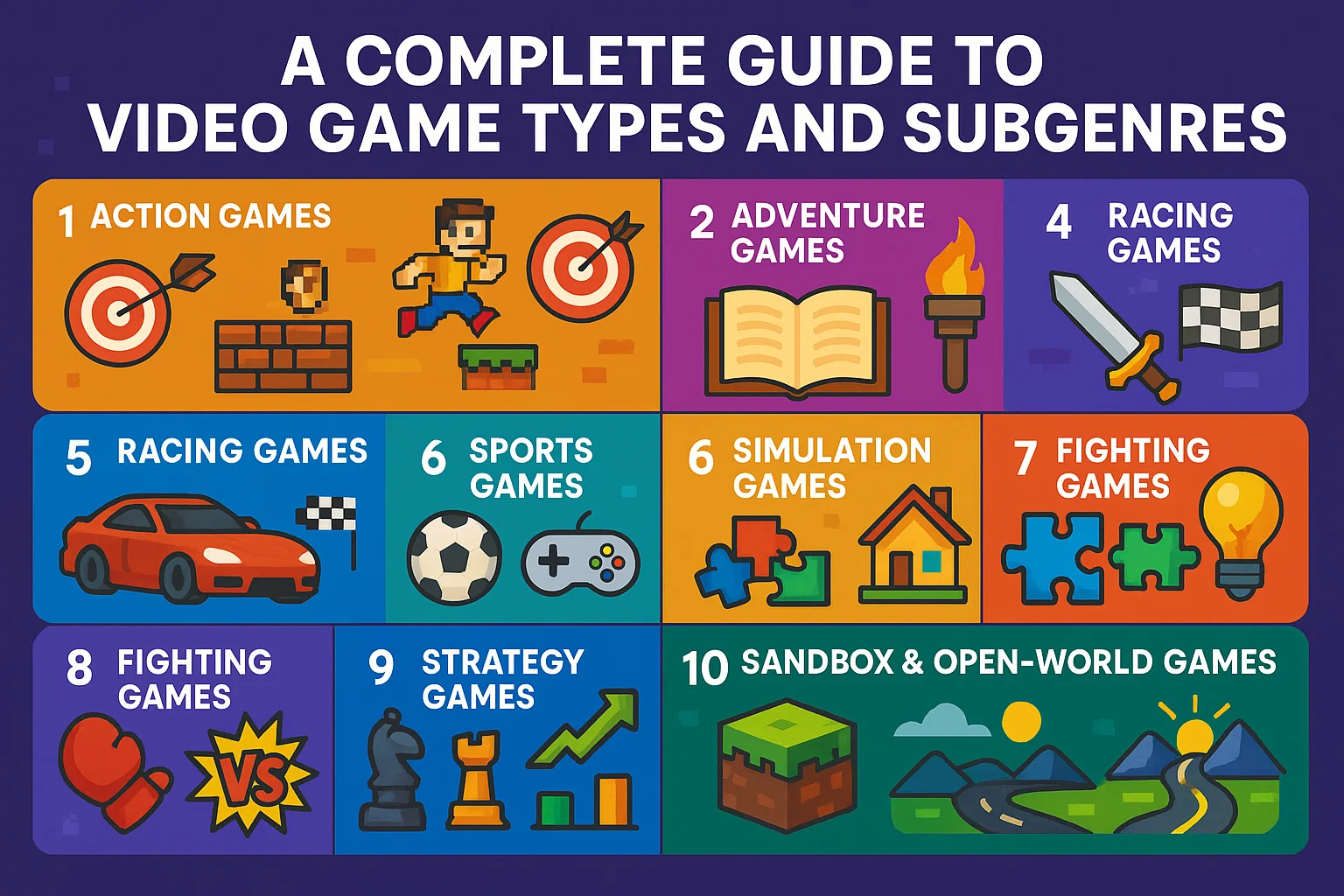In an era where artificial intelligence (AI) is rapidly transforming industries and daily life, introducing children to AI is no longer just an option—it’s becoming a necessity. Beyond practical applications in science and technology, AI is unlocking exciting avenues for creativity, allowing young minds to explore art and music in ways previously unimaginable.
This blog explores the fascinating world of AI-powered creative coding for kids, showing how these tools foster imagination, critical thinking, and problem-solving skills. We’ll dive into AI tools for generating art and music, discuss creative coding concepts, provide practical examples, and highlight resources to help parents and educators guide children on this exciting journey.
Why AI and Creativity Matter for Kids
AI is not just about complex algorithms and data—it’s a medium for artistic expression. Engaging children with AI in creative contexts can:
- Demystify technology, making it approachable and fun
- Transform passive screen time into active, project-based learning
- Enable children to build, experiment, and see their ideas come to life
From generating visual masterpieces to composing original music, AI empowers children to be creators, not just consumers, of technology. It also offers a hands-on approach to understanding both artistic and technical concepts, laying a foundation for early AI literacy.
AI-Powered Art: Unleashing Young Artists
Artificial intelligence has revolutionized the art world, making it possible for anyone to create stunning visuals—even without traditional drawing skills. AI art tools provide a playful, accessible entry point into digital creativity, transforming simple ideas into complex artworks. These tools often leverage generative AI, producing new content based on patterns learned from vast datasets.
Examples of AI Art Tools for Kids:
- DALL·E: Kids aged 10+ can generate images from text prompts. For example, typing “a fluffy pink unicorn flying over a rainbow with a castle in the clouds” can produce a magical visual story. This teaches children the value of clear, descriptive language and nurtures linguistic and visual literacy.
- Scribble Diffusion: Children can start with a simple sketch, which AI then refines into a detailed piece. This shows that AI augments, rather than replaces, human creativity.
Educational Benefits of AI Art:
- Prompt Engineering: Crafting effective prompts to guide AI, a skill valuable in many AI applications
- Visual Literacy: Developing an eye for composition, color, and style
- Iterative Design: Understanding that creativity is a process of refinement and experimentation
- Foundations of AI: Learning that AI generates content based on patterns in data
Parental guidance is essential to ensure ethical use of AI and exposure to appropriate, positive content. With AI art, children can explore new frontiers of creativity, blending imagination with technology.
AI-Powered Music: Harmonizing with Technology
Just as AI is transforming visual arts, it’s also revolutionizing music creation. AI music tools enable children to compose, experiment, and appreciate sound without extensive training or complex instruments. Generative AI can create original pieces based on user-defined parameters, making music creation accessible to children of all ages.
Examples of AI Music Tools for Kids:
- Soundraw: Kids can set genre, mood, and instruments to generate unique compositions. This hands-on approach helps children intuitively understand music theory.
- AI Chatbots (like ChatGPT): Can brainstorm lyrics or song structures, which can then be used in music generation tools, fostering interdisciplinary creativity.
Educational Benefits of AI Music:
- Musical Exploration: Experiment with genres, moods, and instruments
- Creativity and Innovation: Combine musical elements in unique ways
- Understanding Algorithms: Learn that AI generates music based on specific inputs
- Auditory Skills: Enhance listening and critical analysis skills
Parental involvement is key to guiding children in exploring styles, discussing emotions in music, and encouraging performance or sharing of AI-generated compositions. This approach inspires the next generation of composers, giving them innovative tools to express creativity and connect with the world through sound.
Getting Started: Tips for Parents and Educators
- Start Simple: Introduce one tool at a time to prevent overwhelm.
- Encourage Experimentation: Allow children to test ideas freely and learn from mistakes.
- Integrate Learning: Combine AI art and music projects with coding lessons.
- Discuss Ethics: Teach children about responsible AI use, originality, and copyright.
- Celebrate Achievements: Showcase projects to build confidence and excitement.
Conclusion
AI-powered creative coding transforms how children interact with technology, art, and music. By combining imagination with AI tools, children become creators, exploring new ways to express themselves while building valuable technical and cognitive skills.
Introducing children to AI art and music today sets them on a path toward innovation, problem-solving, and creative expression. With the right tools and guidance, the next generation of young creators can transform the way we think about art, music, and technology.
